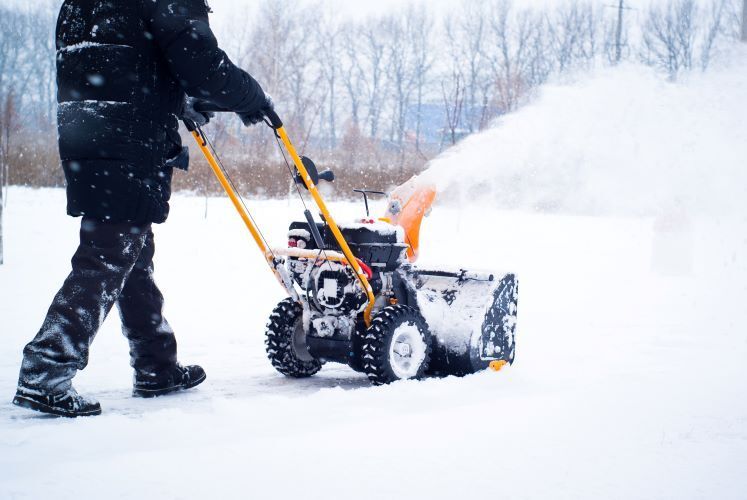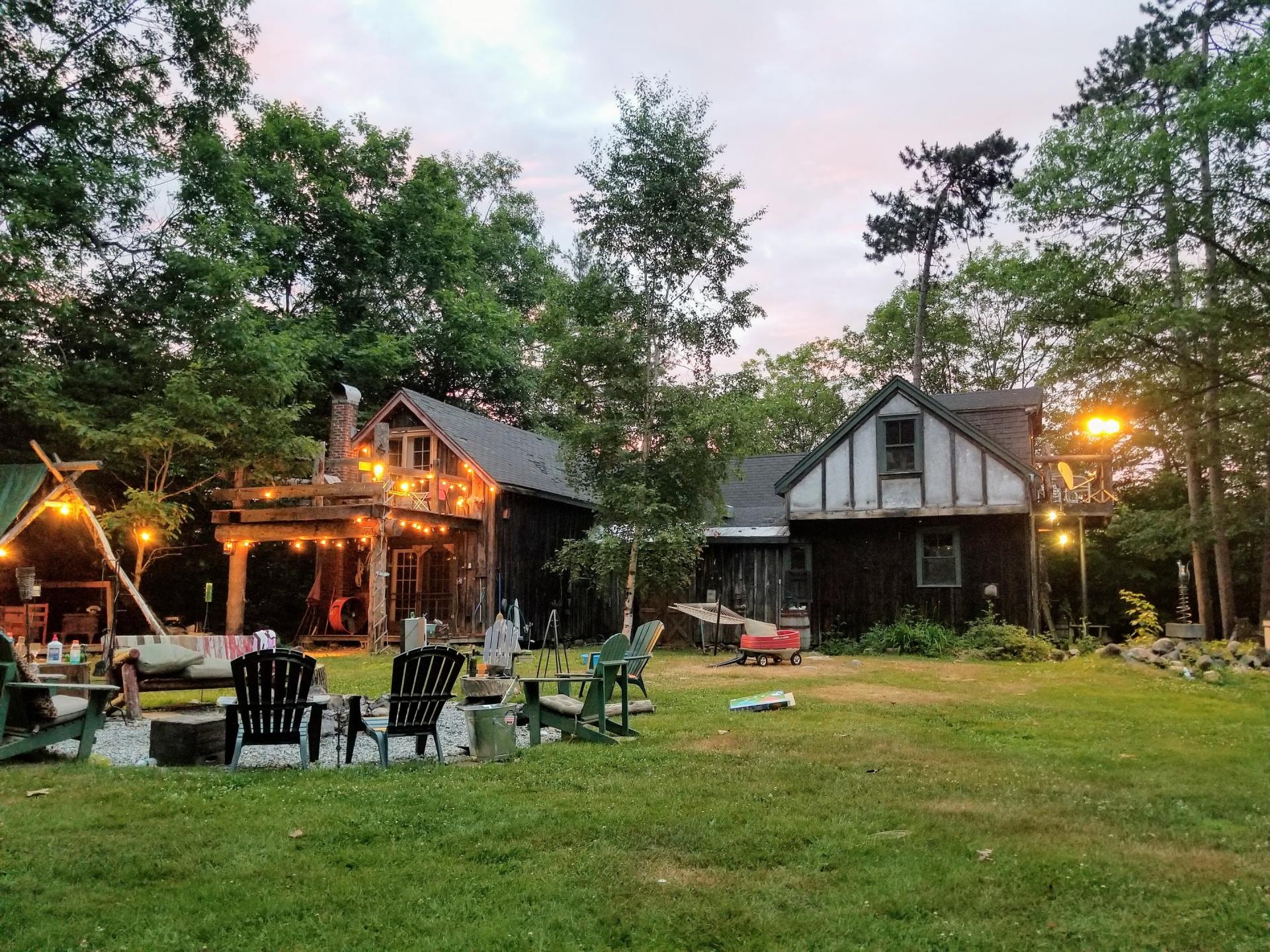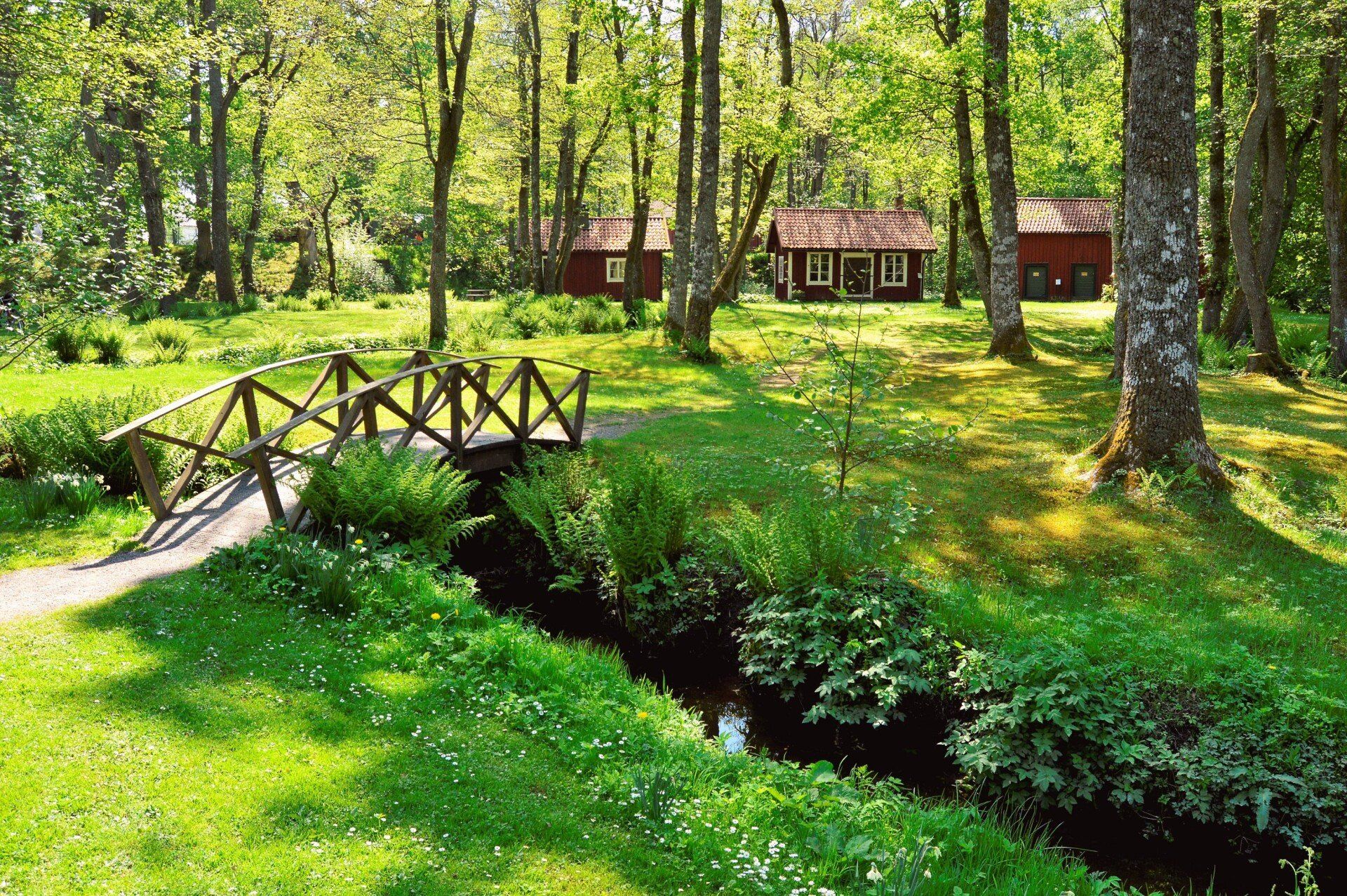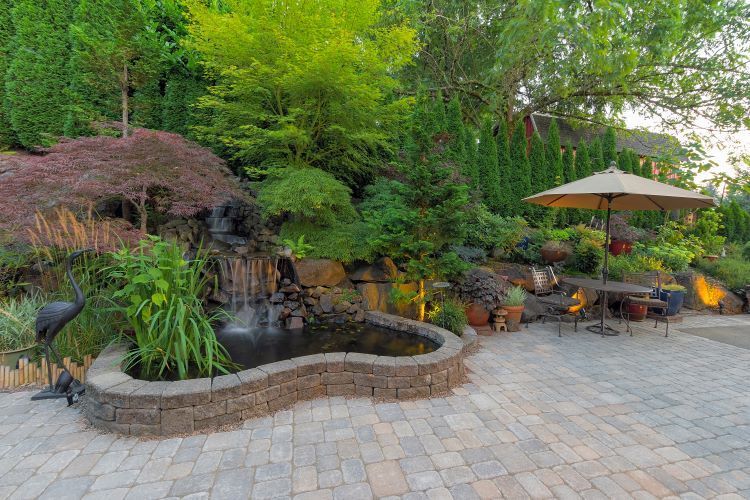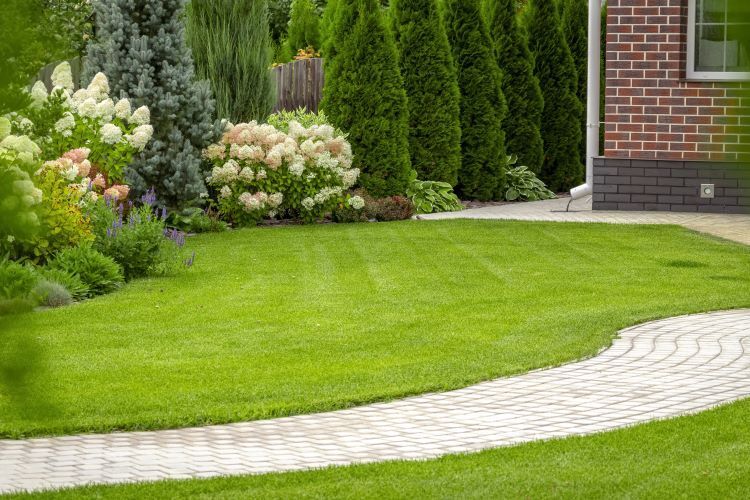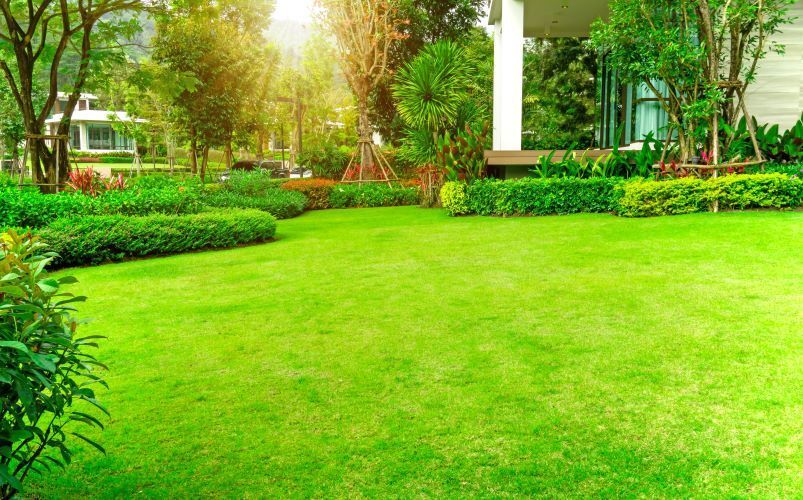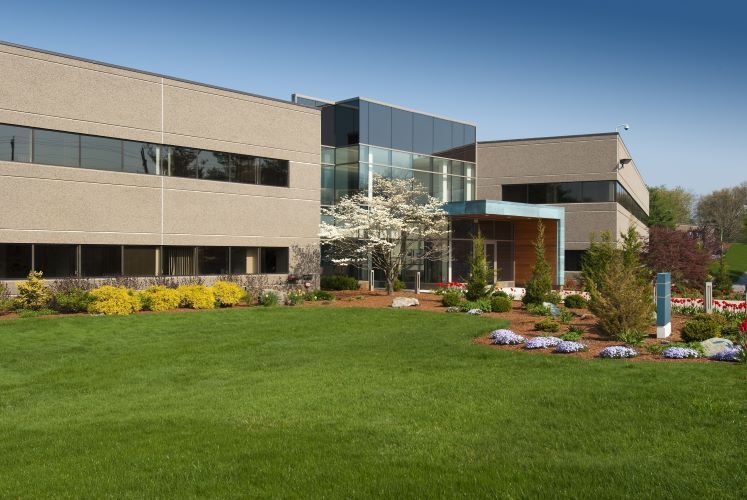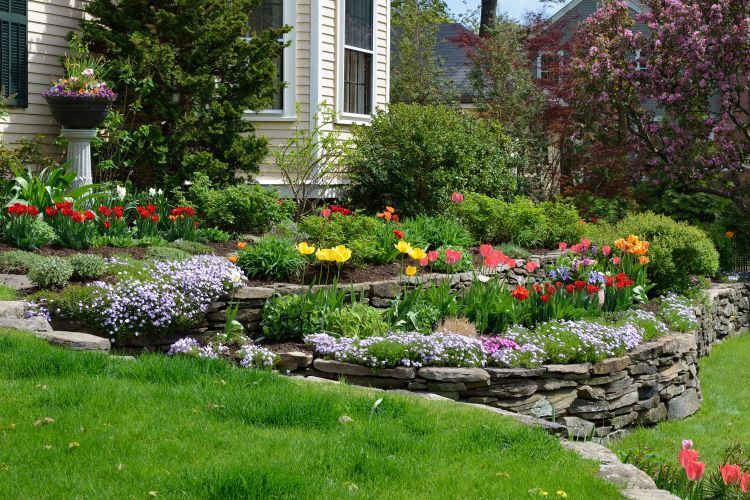September 30, 2024
When it comes to creating a visually appealing landscape, many homeowners in Saskatoon focus on the warmer months, but what if you could have a vibrant, engaging yard all year round? By carefully selecting plants, shrubs, and trees that thrive in different seasons, you can design a landscape that offers color, texture, and interest throughout the year. At Landscaping Saskatoon, we specialize in helping homeowners plan their outdoor spaces to ensure they stay beautiful, no matter the season. In this guide, we'll walk you through the key strategies for planning your landscape for year-round beauty. 1. Spring: Fresh Blooms and Emerging Greenery Spring is the season of renewal, and it’s the perfect time to introduce plants that offer bright, cheerful colors. Consider adding early-blooming perennials such as tulips, daffodils, and crocuses to your landscape. These flowers not only provide a pop of color after the winter but also mark the start of the gardening season. For shrubs, forsythia and lilacs are excellent choices for spring blooms. Their striking yellow and purple hues will stand out in your yard and attract pollinators like bees and butterflies, making your garden even more lively. Spring is also a great time to focus on the greenery in your yard. Hostas and ferns thrive in Saskatoon’s cool spring weather and add lush, vibrant foliage to shaded areas of your garden. 2. Summer: Bold Flowers and Lush Lawns Summer is the time for your landscape to truly shine. For vibrant, long-lasting blooms, consider planting daylilies, coneflowers, and black-eyed Susans. These hardy perennials thrive in Saskatoon’s summer climate and come in a variety of colors, from bold oranges and reds to soft pinks and purples. Don’t forget to plan for your lawn as well. A healthy, lush lawn serves as the backdrop for all your summer landscaping efforts. At Landscaping Saskatoon, we recommend regular maintenance and fertilization to keep your grass green and thriving throughout the hot summer months. If you want to add vertical interest, incorporate flowering vines such as clematis or honeysuckle, which can grow over trellises, fences, or garden structures, providing additional beauty and dimension to your outdoor space. 3. Fall: Foliage and Late-Blooming Plants As summer fades into fall, your landscape can continue to offer stunning colors and textures. Fall is known for its changing leaves, so consider planting maples, oaks, or birch trees, which offer brilliant shades of red, orange, and yellow. To complement these trees, plant chrysanthemums and asters, which are some of the last flowers to bloom before winter sets in. These flowers add rich hues of red, purple, and gold to your landscape, keeping it vibrant even as temperatures drop. Don’t forget about ornamental grasses like switchgrass and feather reed grass, which provide texture and movement in the fall wind. Their soft, golden hues also create a lovely contrast against the fiery colors of autumn foliage. 4. Winter: Evergreens and Structural Interest While Saskatoon winters can be harsh, that doesn’t mean your landscape has to be barren. By incorporating evergreens into your yard, you can ensure that your outdoor space remains lush and vibrant, even when everything else is covered in snow. Spruces, pines, and cedars offer year-round greenery and provide structure to your landscape when flowers and deciduous trees are dormant. In addition to evergreens, consider adding shrubs like holly or red-twig dogwood, which not only offer foliage but also bright berries or striking red branches that stand out against the winter snow. Winter is also the season to focus on the structural elements of your landscape. Stone pathways, garden sculptures, and even hardscaping features like retaining walls or pergolas can add visual interest and keep your yard looking polished even in the coldest months. 5. Combining Hardscaping with Softscaping for Year-Round Balance To ensure that your landscape looks complete throughout the year, it’s essential to strike the right balance between softscaping (plants, flowers, and trees) and hardscaping (patios, pathways, and garden structures). Hardscaping provides the foundation and structure for your yard, while softscaping adds life and color. For example, a stone patio surrounded by flowering shrubs in the spring can become a cozy spot to enjoy the summer sun. In the fall and winter, the patio remains a focal point, even as plants lose their leaves. Similarly, a winding pathway can guide the eye through your garden in every season, while garden beds and trees provide the changing colors and textures. 6. Plan for Seasonal Transitions One of the keys to achieving year-round interest is to plan for seasonal transitions. While some plants bloom in early spring and others in late summer, consider how your landscape will look during the in-between phases. For example, incorporating perennials with staggered blooming periods ensures that something is always in bloom, while mixing in evergreens and ornamental grasses fills in gaps during these transitions. At Landscaping Saskatoon, we can help you design a planting schedule that ensures your garden always has something to offer, even in those periods between major bloom times. Conclusion: Create a Landscape That Thrives Year-Round Designing a landscape for year-round color and interest takes thoughtful planning, but the result is a yard that’s beautiful and engaging no matter the season. By incorporating a variety of plants that thrive in different weather conditions, blending softscaping and hardscaping, and planning for seasonal transitions, you can create a dynamic and visually appealing outdoor space. If you’re ready to plan a landscape that thrives in Saskatoon’s unique climate, contact Landscaping Saskatoon. Our team of experts can help you design, install, and maintain a landscape that looks stunning throughout the year, providing you with an outdoor space you can enjoy no matter the season!
